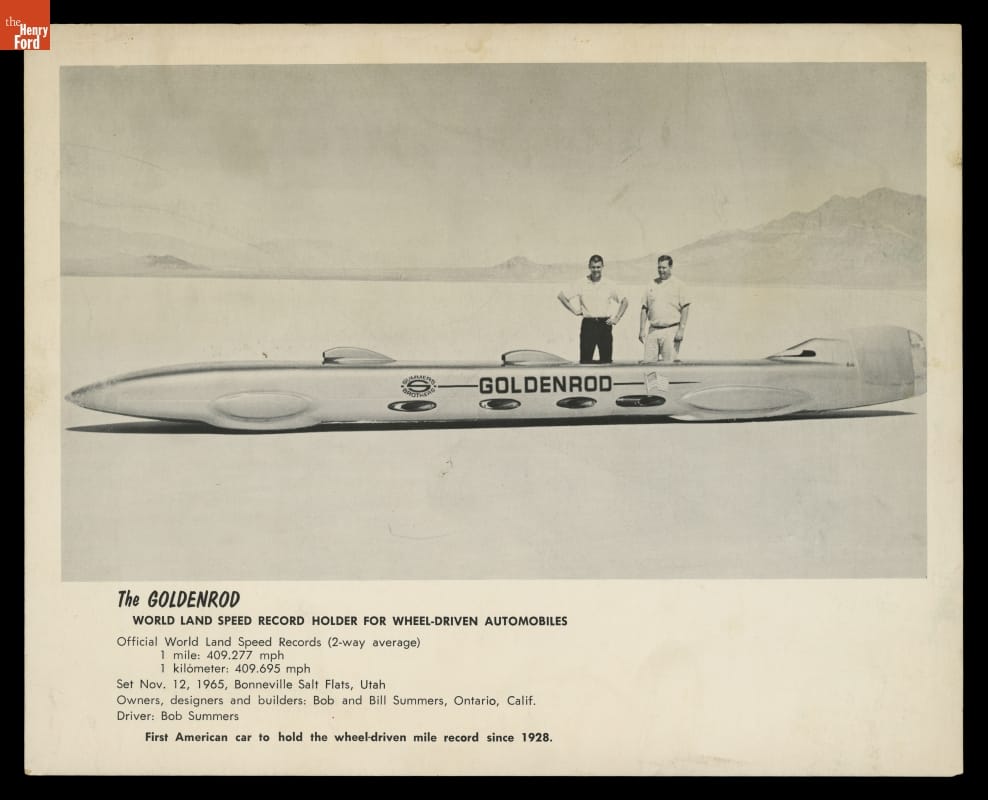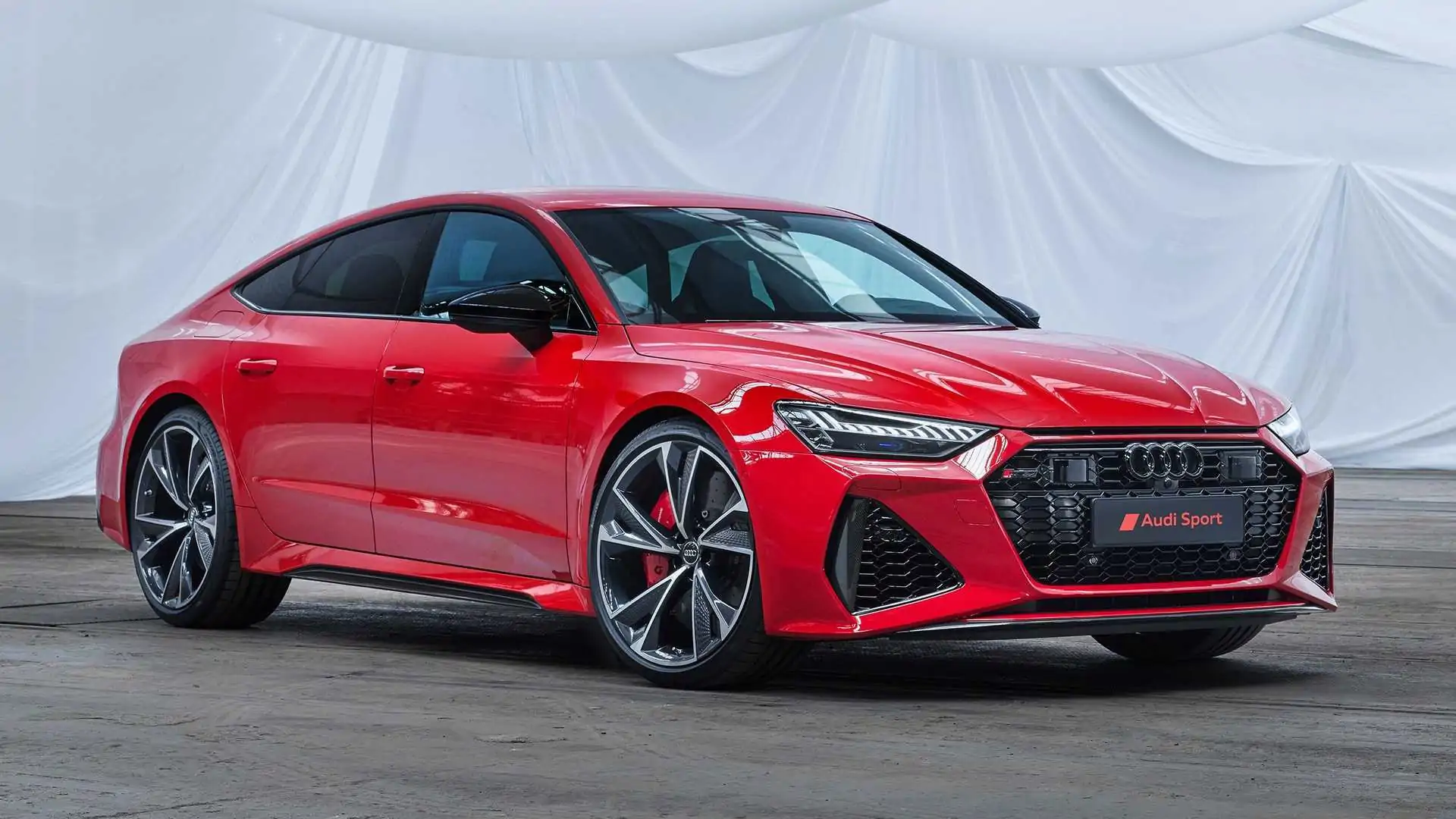About JC Whitney Editorial Team

Meet the JC Whitney Editorial Team, your go-to experts for automotive insights, from in-depth car culture articles to the latest in vehicle tech.
More from JC Whitney Editorial TeamEven though your car has an automatic transmission, if it’s a relatively new model (roughly 2010 or later), you almost certainly have the ability to manually choose what gear you’re driving in. This feature, known as “semi-automatic mode,” “manual mode,” and in some cases “tiptronic,” emerged in consumer vehicles in the 1990s and has been a staple ever since. But for the uninitiated, what’s the point of this feature? Why would you want to shift the gears yourself if you drive an automatic transmission vehicle? While it may seem like something that’s more designed for preference—for the amusement of those who want to feel a little more engaged with the driving experience—there are also some surprisingly practical applications for this feature.
Your car has an option to select what gear it’s in, despite being an automatic transmission, for several reasons, all of which enhance the driving experience by offering more control under specific conditions. This feature, often referred to as manual mode or semi-automatic mode, bridges the gap between the ease of an automatic transmission and the control provided by a manual transmission.
The development of semi-automatic mode was driven by the desire to combine the best aspects of both automatic and manual transmissions. Automatic transmissions offer ease of use and comfort, especially in stop-and-go traffic, while manual transmissions provide more control over the vehicle’s power delivery and performance. By incorporating a semi-automatic mode, manufacturers aimed to give drivers the ability to switch between a relaxed, automatic drive and a more dynamic, manual-like experience when desired.
One of the primary reasons for this feature is to give drivers the ability to adapt to driving conditions where manual gear selection can be beneficial. For example, in situations where you need more power and control, such as driving up a steep hill, selecting a lower gear can provide the necessary torque and prevent the transmission from shifting up too early. Conversely, when going downhill, choosing a lower gear can utilize engine braking to help control speed without over-relying on the brakes, reducing the risk of brake overheating and wear.
This feature also allows for improved handling in adverse weather conditions, such as snow or ice, where maintaining a lower gear can offer better control. It also provides the option for more spirited driving, allowing drivers who enjoy a more engaged driving experience to select gears manually, even in an automatic car.
In terms of fuel efficiency and performance, there are times when manually shifting gears can be advantageous. For instance, if the automatic transmission tends to shift gears too frequently under certain conditions, manually selecting a gear can help maintain a consistent engine speed, potentially improving fuel efficiency and driving comfort.
While there are benefits to manually selecting gears in an automatic transmission, it’s essential to use this feature judiciously and understand how it affects your vehicle’s performance and fuel consumption. For the average driver, the automatic transmission’s default settings are optimized for general driving conditions, balancing performance, fuel efficiency, and ease of use. Manual gear selection is an additional tool, providing extra control when you feel it’s necessary based on your driving environment and preferences.
Over time, semi-automatic mode has evolved significantly. Early versions were relatively simple, allowing drivers to manually select gears using the gear lever. However, as technology advanced, manufacturers introduced steering wheel-mounted paddle shifters, providing a more intuitive and sporty way to change gears. These paddle shifters are often found in performance-oriented and luxury vehicles, enhancing the driving experience by allowing quick and easy gear changes without taking hands off the steering wheel.
The responsiveness and speed of gear changes in semi-automatic mode have improved with advancements in transmission technology. Modern automatic transmissions with semi-automatic mode, such as dual-clutch transmissions (DCTs), can execute gear changes much faster than earlier versions, rivaling the performance of traditional manual transmissions and providing a more seamless and enjoyable driving experience.
In most cases, “manual mode” or “tiptronic” in automatic transmission vehicles does give the driver access to the full range of the car’s gears. This means that the driver can manually select any gear within the transmission’s range, from the lowest gear to the highest. However, there are some exceptions and variations depending on the make and model of the vehicle, as well as the specific design of the transmission.
Some vehicles with manual mode may have restrictions on gear selection to protect the engine and transmission. For example, the system might automatically shift up if the engine reaches a certain RPM limit in a lower gear, or it might prevent the driver from downshifting if it would result in excessive engine speed. Additionally, in some models, the lowest and highest gears might be reserved for automatic operation only, limiting the manual selection to a subset of the available gears.
The implementation of manual mode can vary between different makes and models. Some vehicles may offer a more responsive and engaging manual mode experience, while others might have a more relaxed and less immediate response to gear changes.



